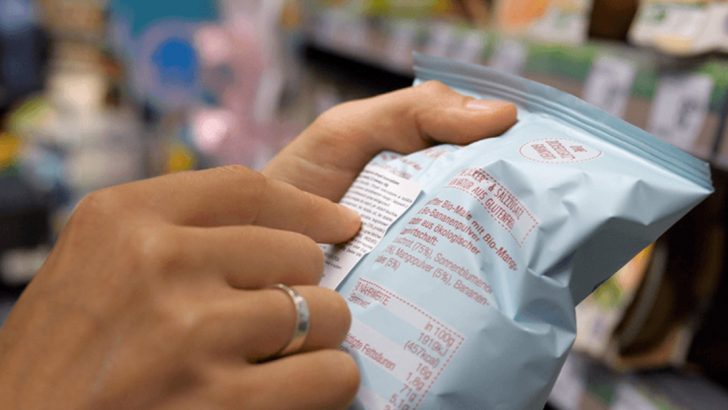Food recalls happen more often than people realize, and they’re usually for good reason. Contamination, labeling errors, or even stray objects can pose serious risks.
Knowing what causes recalls can help you stay safe and make smarter choices at the store and in the kitchen.
Here are 10 common food recall triggers, followed by 10 practical tips to help protect yourself.
1. Undeclared Allergens
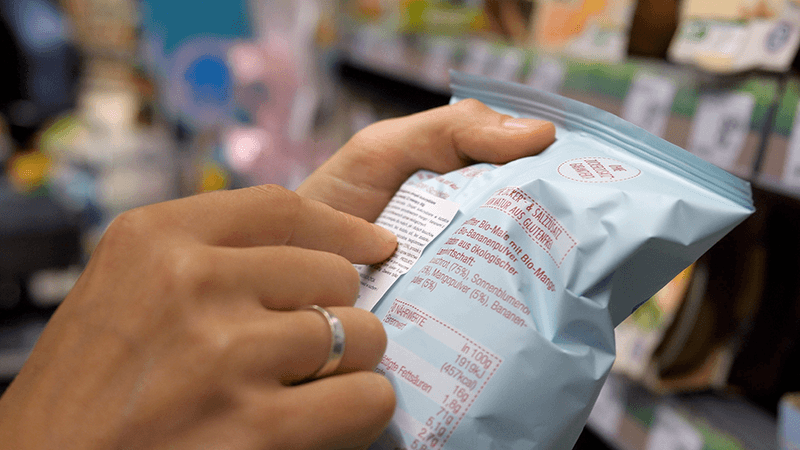
When a product contains ingredients like nuts, soy, or milk but doesn’t say so, it becomes dangerous for allergy sufferers. This is one of the most frequent reasons for a recall.
Even trace amounts can trigger severe reactions. Always check labels carefully, especially on baked goods, processed snacks, and imported items.
2. Salmonella Contamination
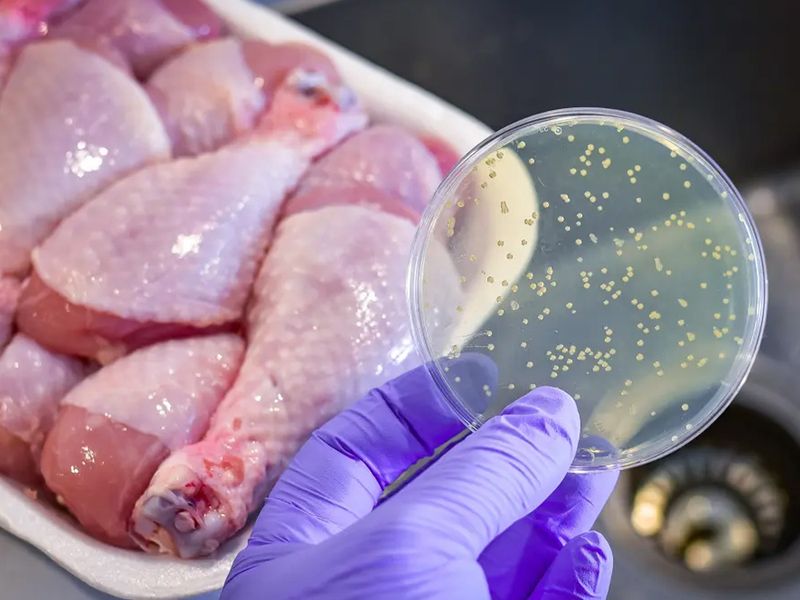
Salmonella can show up in raw meats, eggs, fruits, and even spices. It causes fever, cramps, and diarrhea—sometimes worse.
Outbreaks lead to major recalls, especially in poultry and peanut products. Washing hands and cooking food thoroughly helps reduce the risk.
3. Listeria Contamination

Listeria thrives in cold environments and often hides in deli meats, soft cheeses, and prepackaged salads. It’s especially dangerous for pregnant people and older adults.
Because it can survive refrigeration, proper storage and cleaning are key. Look for recalls tied to ready-to-eat foods.
4. Foreign Objects in Food

Sometimes metal, glass, or plastic ends up in food during processing. Even small pieces can be harmful if swallowed.
This often happens in frozen meals or jarred goods. If a product looks off or feels gritty, don’t take the risk.
5. Improper Labeling

Missing labels or wrong instructions can confuse consumers and create safety problems. Cooking times or ingredients may be incorrect.
This matters most for allergens, frozen meals, or anything with strict handling rules. Report suspicious packaging when you see it.
6. E. Coli Contamination
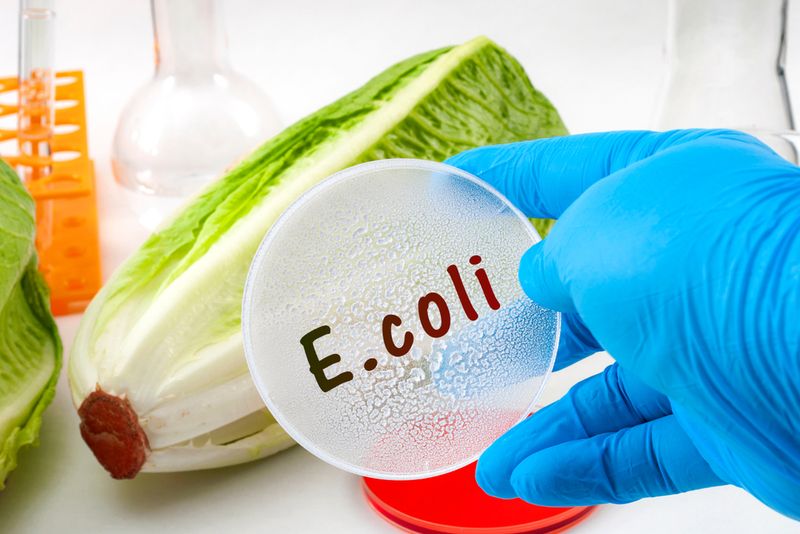
E. coli is a bacteria found in undercooked beef and contaminated produce. Some strains cause severe illness or kidney issues.
Ground beef and leafy greens are frequent culprits. Always wash produce and cook meat to a safe internal temperature.
7. Unapproved Ingredients
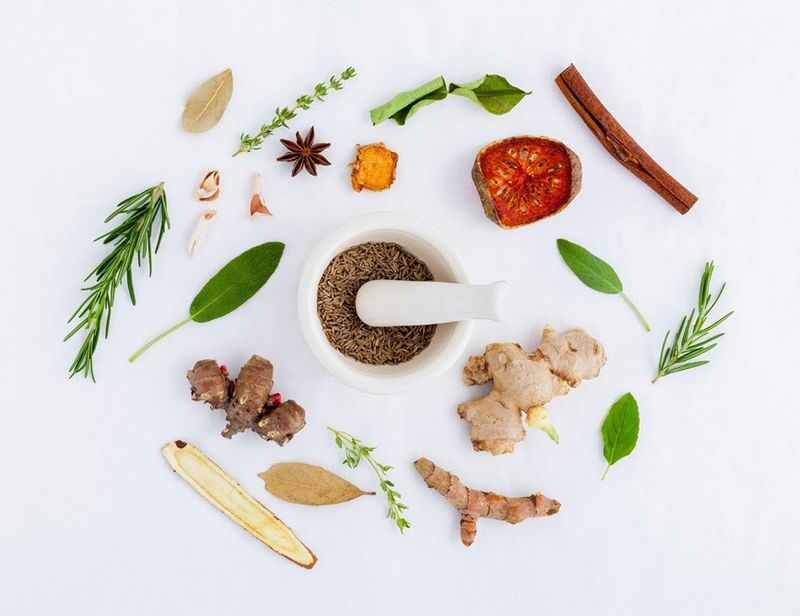
Sometimes companies use additives that haven’t been tested or approved by food safety authorities. These can cause allergic or toxic reactions.
Imported foods and supplements are most at risk. Stick with trusted brands and check for FDA approval on unfamiliar products.
8. Packaging Defects

Broken seals, cracked jars, or leaking packages allow bacteria to enter food. These are clear signs something went wrong.
Don’t buy dented cans, bloated packages, or items with loose lids. These can signal spoilage even before the expiration date.
9. Spoilage From Poor Storage
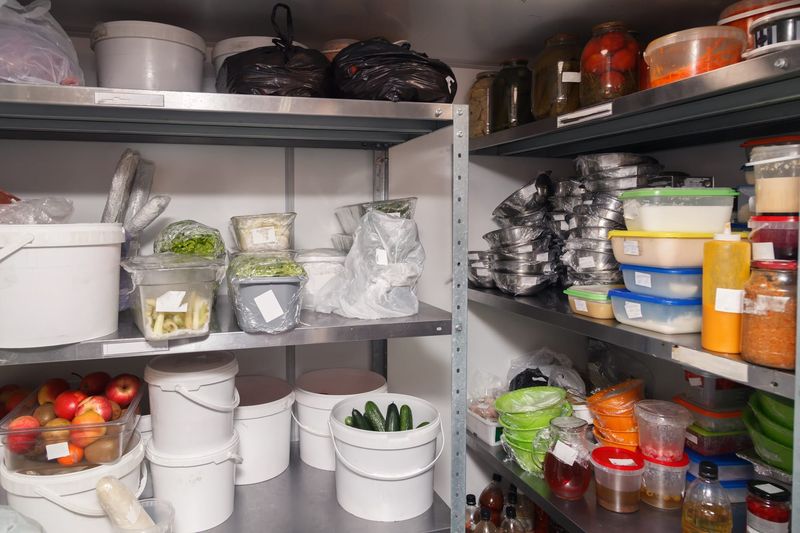
If food isn’t stored at the right temperature during transport or display, it can spoil before it reaches your fridge.
Look for discoloration, odd smells, or slimy textures. Cold items should feel cold when you pick them up—trust your senses.
10. Chemical Contamination

Cleaning agents, pesticides, or industrial chemicals sometimes end up in food due to accidents or illegal practices. Even small amounts can be harmful.
Recalls may target juices, frozen fruits, or imported grains. Rinse produce well and stay alert for news about chemical warnings.
11. Read Food Labels Carefully

Look for allergens, storage tips, and ingredient lists. Labels help you catch surprises before they end up in your cart.
If something seems unclear or vague, double-check with a quick search or avoid the product entirely.
12. Store Perishables At The Right Temperature

Refrigerate or freeze meat, dairy, and leftovers promptly. Warm environments let bacteria grow quickly and quietly.
Keep your fridge at or below 40°F and your freezer at 0°F. Don’t trust just the appliance—use a thermometer to be sure.
13. Wash Hands Before Handling Food

Clean hands stop the spread of germs to your meals. Soap and warm water are your first line of defense.
Do this before and after handling raw meat, eggs, or produce. It’s one of the easiest ways to stay safe.
14. Don’t Ignore Expiration Dates

Best-by dates aren’t just suggestions—they’re safety markers. Some foods spoil faster than they look.
If something’s past its date, smell and inspect it closely. When in doubt, throw it out.
15. Keep Raw Meat Separate
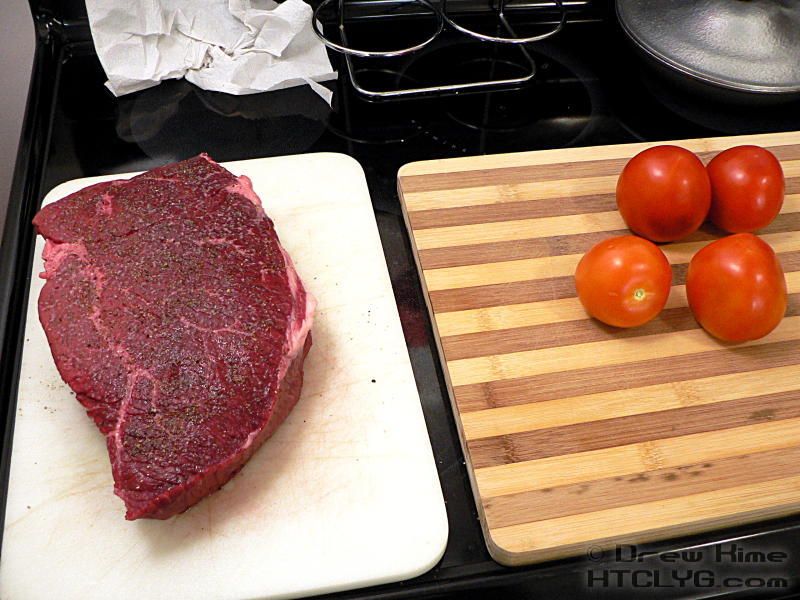
Use different cutting boards and containers to avoid cross-contamination between raw meat and ready-to-eat foods.
Juices from meat can carry bacteria onto vegetables or cooked dishes. Clean surfaces immediately after use.
16. Follow Recalls From FDA And USDA
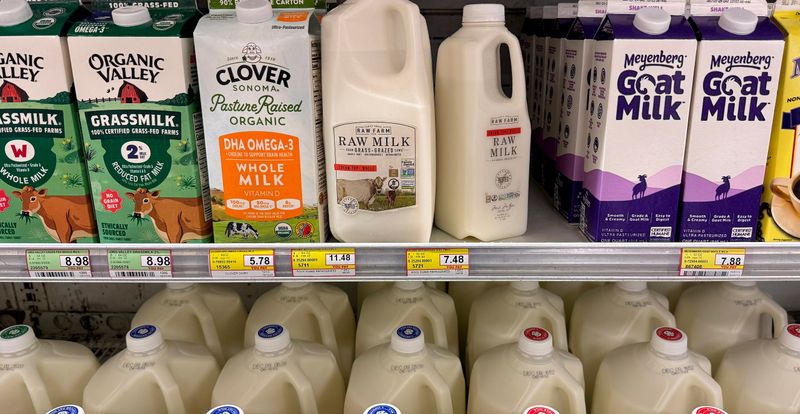
Stay updated with recall alerts from official sources. These agencies post real-time updates about food safety issues.
You can sign up for email alerts or check their websites before shopping. It’s a simple habit that can prevent major health risks.
17. Cook Food To Safe Temperatures

Use a meat thermometer to check if meat is fully cooked—not just browned outside. Internal temps matter most.
Beef should reach 160°F, poultry 165°F. Eggs should be cooked until yolks and whites are firm.
18. Avoid Damaged Or Bulging Cans
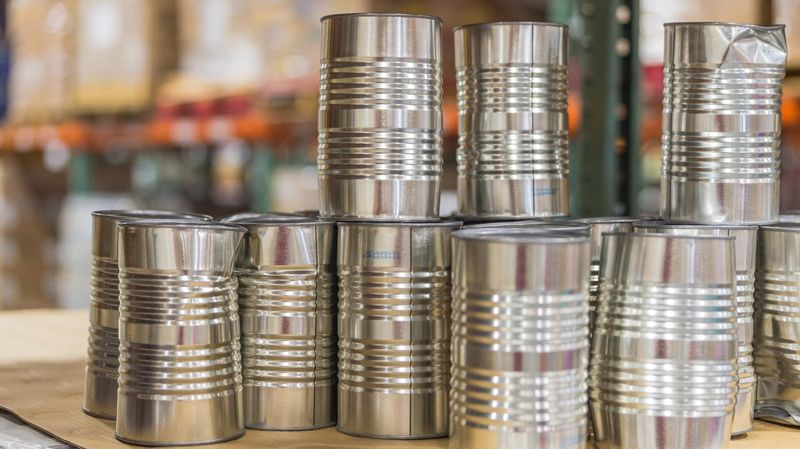
These are signs of bacterial activity and gas buildup. The food inside may be spoiled or toxic.
Don’t risk botulism or foodborne illness—discard bulging cans immediately, even if they’re within date.
19. Clean Kitchen Surfaces Often

Counters, cutting boards, and sinks collect bacteria fast, especially after raw meat or produce prep.
Use hot, soapy water or sanitizing sprays after every use. Don’t forget fridge handles and faucet knobs.
20. Use Proper Food Storage Containers
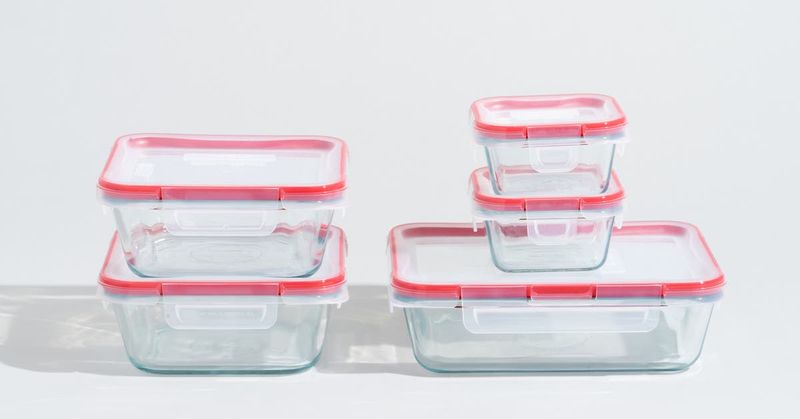
Glass or BPA-free plastic with tight lids helps keep food safe and fresh. Don’t reuse single-use containers.
Label leftovers with dates and stack them neatly in the fridge. Clean containers between uses to avoid hidden residue.

